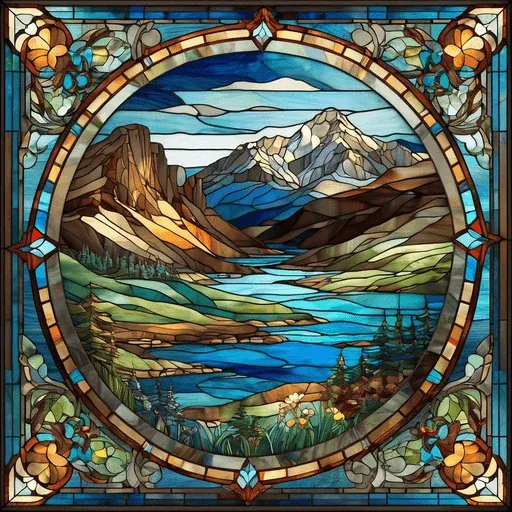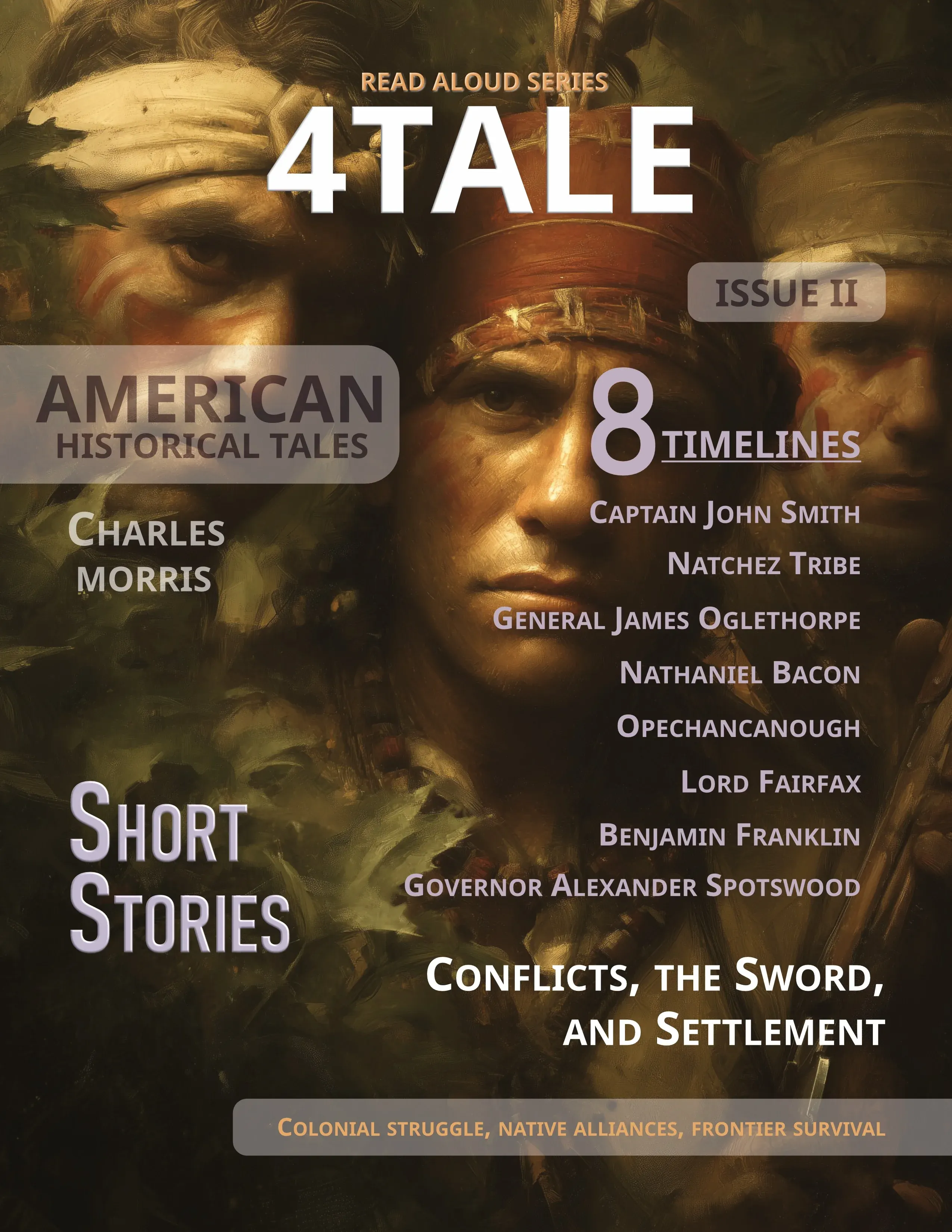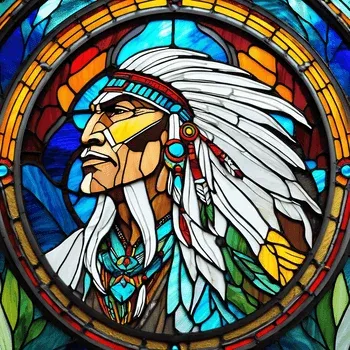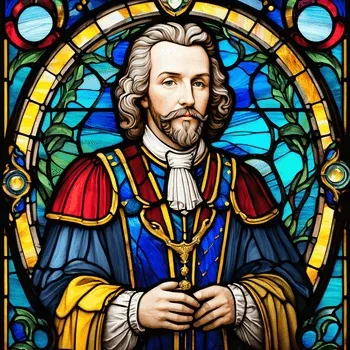BY CHARLES MORRIS
The Knights of the Golden Horseshoe
Historical Tales 2 American: Story 9 of 34

Heading

Objective: The goal of the expedition was to explore the land beyond the Blue Ridge Mountains, an area known as Orange County, which was largely mysterious and unknown to the settlers.
The Golden Horseshoe: Governor Spotswood commemorated the journey by creating the Order of the Golden Horseshoe. He had small golden horseshoes made in England, each inscribed with "Sic juvat transcendere montes" (Thus it is a pleasure to cross the mountains), which he presented to the members of the expedition.
A good book we like, we explorers. That is our best amusement, and our best time killer
- Roald Amundsen, Explorer
The Adventure of Governor Spotswood and the Knights of the Golden Horseshoe
Dive into the heart of the 18th-century wilderness, where the unknown beckoned the brave and curious. This tale, rich in historical and adventurous undertones, explores a daring expedition led by the enterprising Governor Alexander Spotswood. Under his leadership, a gallant group ventured into the mysterious Orange County, Virginia, a land cloaked in rumors of lush forests, towering mountains, fertile valleys, and enchanting rivers. The Golden Horseshoe expedition, as it came to be known, is a testament to mankind's unending quest for discovery. Immerse yourself in this thrilling journey and uncover the secrets of the wilderness beyond.
The Enigmatic Governor Alexander Spotswood
The American history, one name stands out for his adventurous spirit and enterprising nature, Governor Alexander Spotswood. Known for his active involvement in the development of Virginia, Spotswood's contributions were manifold. From the establishment of the first iron-furnaces, to opening the doors of the college of William and Mary to the sons of the remaining indigenous tribes, and the construction of a uniquely shaped powder-magazine, his endeavors were as varied as they were impactful.
Spotswood was not just a man of action, but also a leader with a thirst for exploration. Despite Virginia being settled for more than a century, its western frontier remained a mystery, a land beyond the Blue Ridge Mountains, filled with tales of grand forests, towering mountains, fertile valleys, and picturesque rivers. It was this unknown wilderness that beckoned Spotswood, setting the stage for an adventure that would go down in history.
A Holiday Excursion Turned Adventure
The journey began as a casual holiday excursion. Governor Spotswood invited the planters to join him on this adventurous journey, adding a sense of camaraderie and excitement to the expedition. The group, well-equipped with provisions and other necessary supplies, embarked on their journey, unaware of the incredible experiences that awaited them.
The expedition was not just about exploration, but also about experiencing the beauty and freshness of the untouched wilderness. As the group rode through the unknown regions, they reveled in the delightful vistas and the crisp forest air. It was a journey that would redefine their understanding of the land they called home.
Germanna: The First Pitstop and Birth of 'Golden Horseshoe'
The group made their first stop at Germanna, a place of significance for Governor Spotswood. Here, he had established his iron-furnaces and a summer residence. But more than being a pitstop, Germanna served as the birthplace of the expedition's name, "Knights of the Golden Horseshoe".
At Germanna, the explorers realized the necessity of horseshoes for the rocky mountain paths that lay ahead. As blacksmiths worked tirelessly to craft the required horseshoes, the group was christened the "Knights of the Golden Horseshoe", a title that would forever symbolize their adventurous spirit and determination.
Podcast
The Magnificent Journey through the Wilderness
The journey taken by Governor Spotswood and his companions is a tale of adventure and discovery that resonates even today. The group, which was well equipped with provisions and stores, embarked on a journey through unfamiliar territories, relishing the stunning views and the invigorating air of the forest. They found themselves in the heart of the wilderness, a place that was at once captivating and mysterious. An uncharted territory filled with great forests, high mountains, fertile valleys, and beautiful rivers - Orange County was a sight to behold. The experience of these brave explorers serves as a reminder of the thrill and excitement that comes with venturing into the unknown.
The Naming of Mount George and Mount Alexander
As part of their expedition, the group reached the summit of the Blue Ridge Mountains. In honor of George I and Governor Spotswood, two peaks were named - "Mount George" and "Mount Alexander" respectively. This not only served as a tribute to the individuals themselves but also signified the conquering of new frontiers. The naming of these peaks was a significant event, marking the explorers' triumph over the challenging mountain terrain. Their journey into the Shenandoah valley provided them with a serene environment to relax and unwind before their homebound journey.

The Golden Horseshoe: A Symbol of the Expedition
The Golden Horseshoe became a significant symbol for this expedition. A small golden horseshoe, etched with a Latin inscription that translates to "Thus we swear to cross the mountains", was given to each member of the group by Governor Spotswood. This token not only served as a memento of their remarkable journey but also as a symbol of their commitment to exploration and discovery. When word of their expedition reached the king, he honored Governor Spotswood with a knighthood. However, the governor's self-adopted title, "Sir Knight of the Golden Horseshoe", was arguably a more fitting tribute to his adventurous spirit and leadership during this expedition.
Conclusion
In American history, the Golden Horseshoe expedition stands as a testament to human courage and curiosity. Led by the daring Governor Spotswood, the journey into the unchartered wilderness of Orange County, Virginia, was one of discovery and camaraderie. The legacy of the expedition continues to inspire, symbolized by the Golden Horseshoes awarded to each member, marked with the promise to conquer every mountain that stands in our path. This tale, marked by the grandeur of the wilderness and human spirit, lives on, a beacon of Virginia's rich history and unwavering spirit of exploration.





